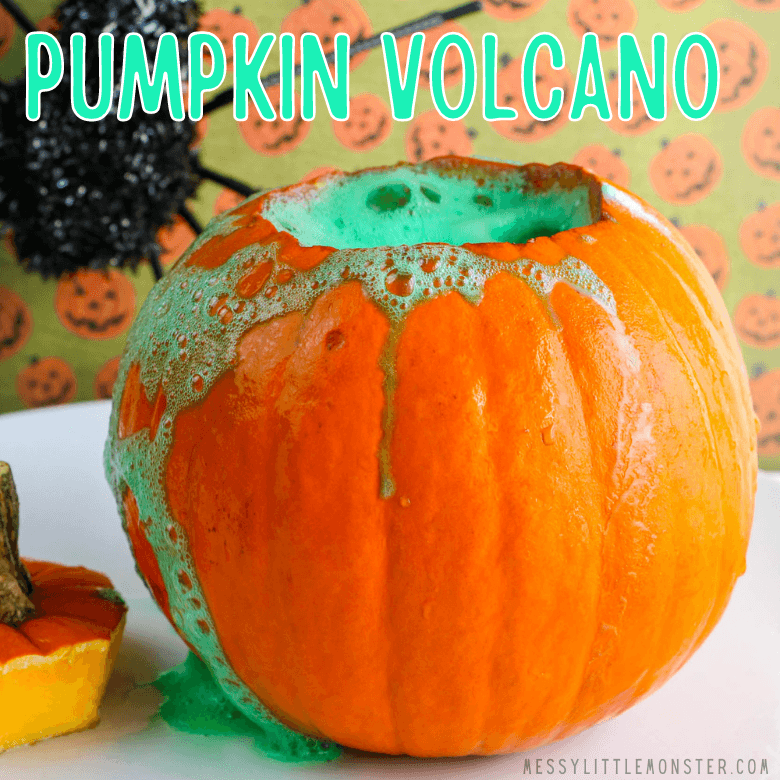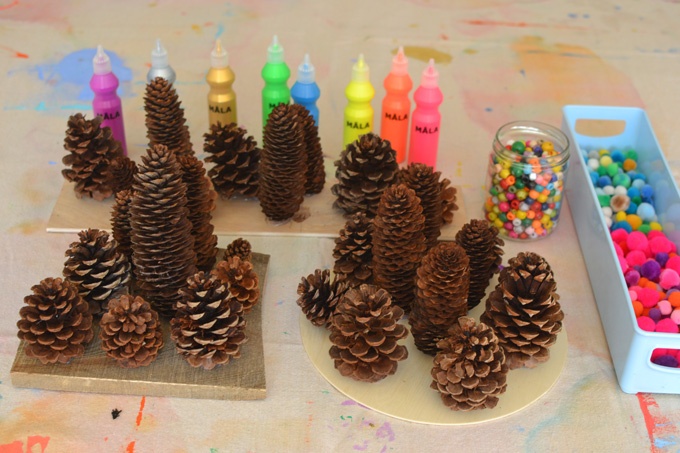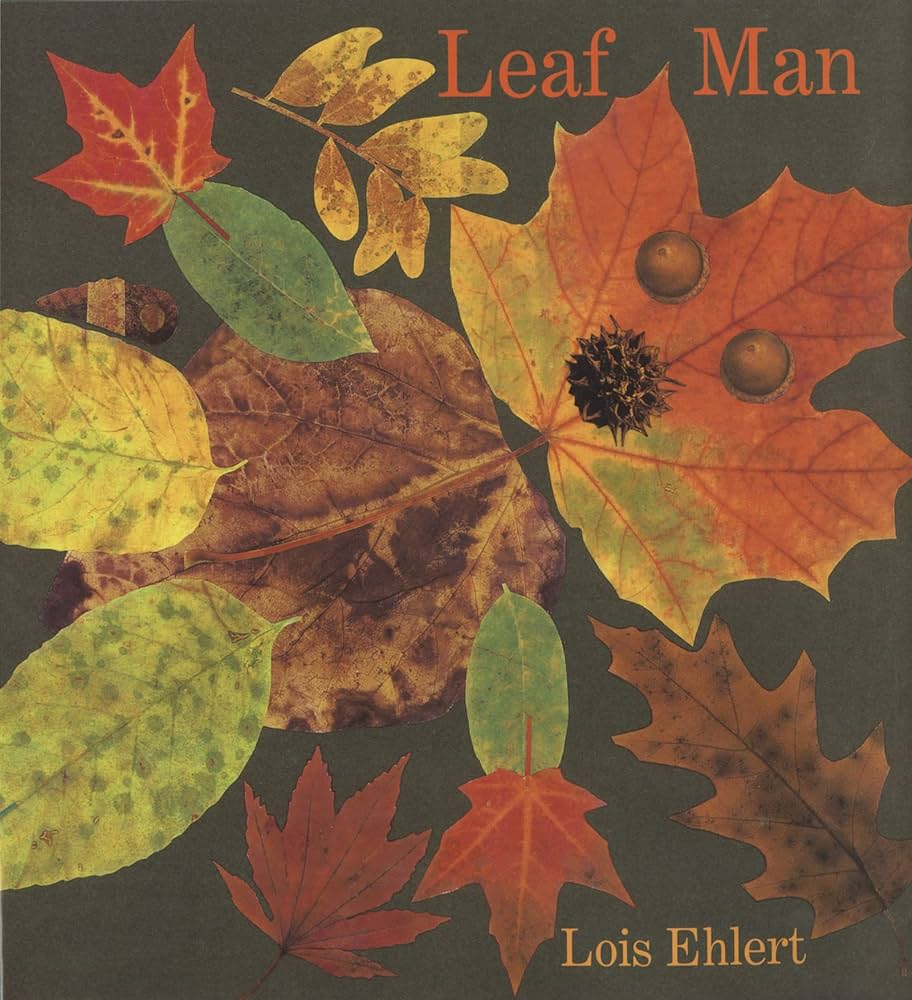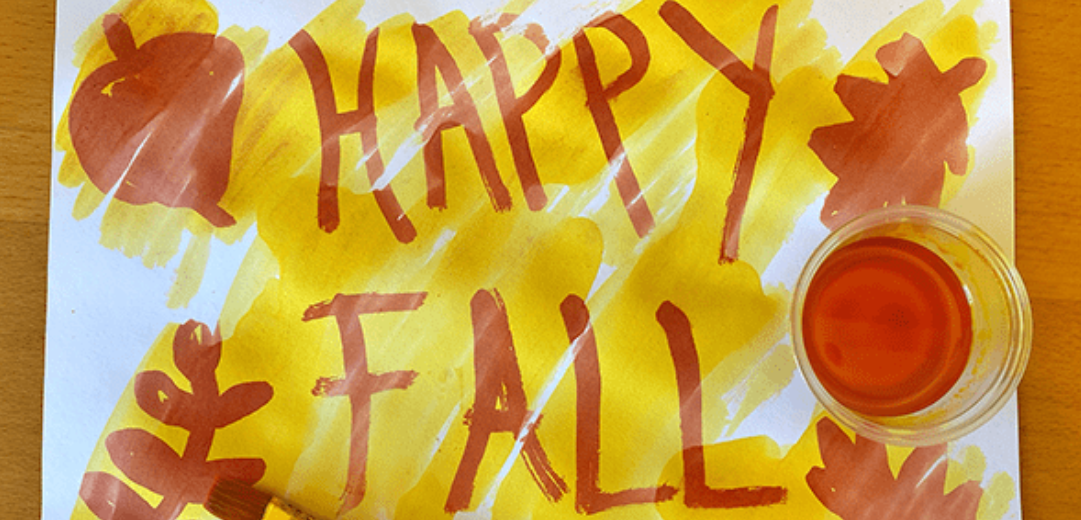Fall is our favorite season here at TT2G. And what better way to appreciate the season then to get creative with some fall kid-friendly experiments.
As the leaves turn vibrant shades of red, orange, and yellow, and a crispness fills the air, there’s no better time to inspire young scientists with captivating fall-themed experiments. Autumn is a season of change, and the natural world provides an ideal backdrop for learning. In this blog post, we’ll explore some exciting fall science experiments for kids that not only engage their curiosity but help them understand the fascinating science behind this magical season.
Leaf Chromatography: Unveil Nature’s Palette
Autumn is synonymous with colorful foliage, making it the perfect time to dive into the world of pigments. Gather various leaves and encourage kids to snip them into tiny pieces. Place these leaf bits in a jar filled with rubbing alcohol. After a few hours, set up a simple chromatography experiment using coffee filter paper. Watch as the colors in the leaves separate and come to life.
Pumpkin Volcano: Erupt with Excitement
Carving pumpkins is a beloved fall tradition, but why not make it an educational experience too? Carve a small pumpkin and create a pumpkin volcano. Inside the pumpkin, mix baking soda and a few drops of dish soap. Pour vinegar into the pumpkin, and voilà! Witness a mini volcanic eruption right in your own home (or, maybe move this one to the back yard 😉). Add red food coloring to make it even more spectacular.

Apple Oxidation: The Science of Browning
Apples are in abundance during the fall season. Teach kids about the process of oxidation by cutting apple slices and exposing some to the air while keeping others in a sealed bag. This experiment offers a hands-on opportunity to discuss how air exposure affects fruits and why apples turn brown.
Seed Dispersal: Nature’s Ingenious Strategies
Fall is the season of seeds, with trees and plants releasing their seeds for new growth. Collect various seeds and discuss the ingenious ways they disperse in nature. Create simple models, like paper helicopters or miniature parachutes, to test different seed dispersal methods.
Pine Cone Science: The Art of Hydromechanics
Pine cones, which abound in the fall, possess a unique ability to open and close in response to moisture. Place a pine cone in a bowl of water to observe it unfurl. As it dries, watch the cone close again. This experiment demonstrates the fascinating world of hydromechanics in nature.

Candy Corn Chemistry: Sweet Science
Candy corn isn’t just a tasty treat; it can also be a tool for engaging kids in simple science experiments. Explore candy corn density by layering different colored pieces in a glass of water. Witness the separation of colors and discuss the science behind it. You can also use candy corn for math activities, making learning even more delicious.
Pumpkin Life Cycle: From Seed to Fruit
Follow the life cycle of a pumpkin, from seed to plant to fruit. Children can plant pumpkin seeds in small pots and track their growth throughout the fall season. This experiment not only teaches them about plant development but also encourages responsibility and patience.
Fall Foliage Art: Beauty in the Details
Celebrate the artistry of fall foliage by collecting leaves of different shapes and colors. Create leaf rubbings by placing the leaves under a sheet of paper and gently rubbing crayons over them. This sensory experience lets kids explore the intricate details of leaves while creating stunning artwork.

Spider Web Science: The Art of Arachnids
Search for spider webs in your backyard or local park. Discuss the architecture of spider webs and how spiders use them to catch prey. Challenge kids to build a simple model of a spider web using string or yarn, learning about the engineering prowess of these eight-legged creatures.
Temperature and Color Change: The Science of Leaf Transformation
Observe how temperature influences the color change in leaves. Collect leaves and place them in water with varying temperatures. Engage in discussions about chlorophyll, photosynthesis, and why leaves transition from green to the brilliant fall hues.
These fall science experiments for kids bridge the gap between the classroom and the wonders of the natural world. Autumn provides the perfect canvas for fostering a love for science and nature in young minds. Encourage your children to explore, question, and discover the magic of the fall season through these engaging and educational experiments. Embrace the science of autumn and make this season a time of wonder and discovery for your little scientists.
Have a fun science experiment your kids enjoy? We’d love to hear from you!
Live.Love.Learn,
Jenn

